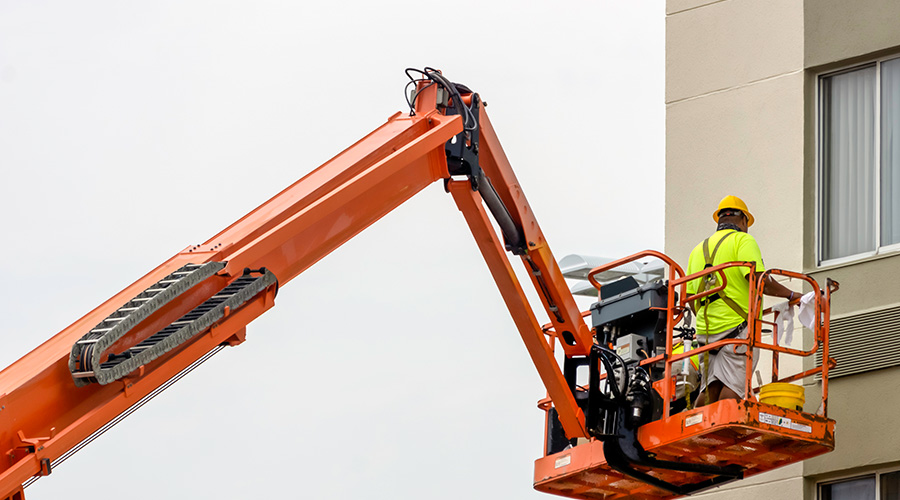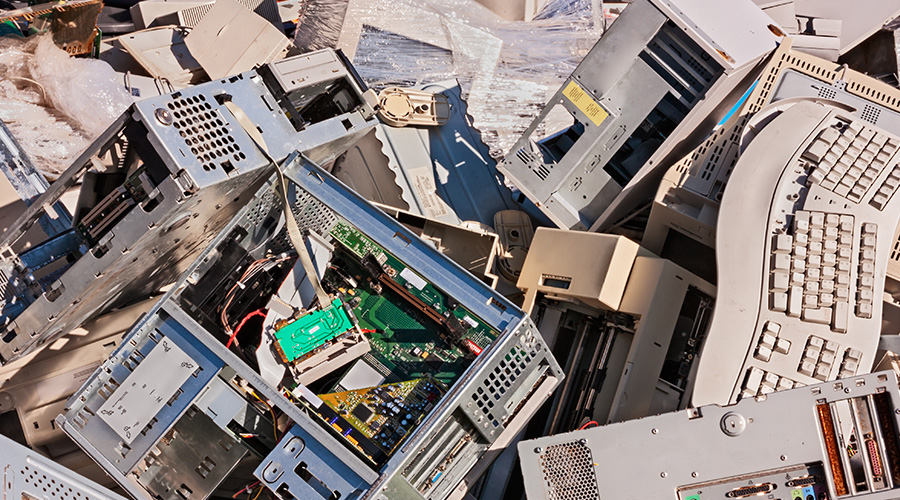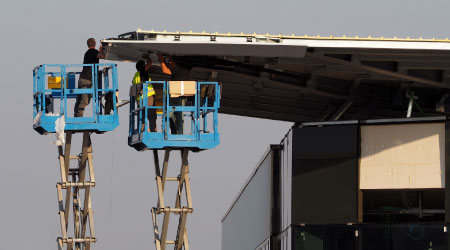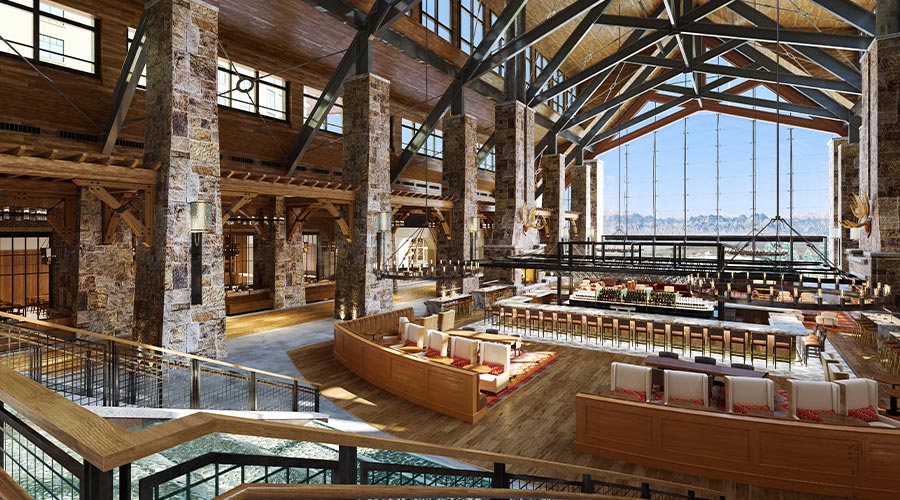Best Practices for Stocking MRO Parts
Challenges related to two common MRO products offer insights on inventory management and suggest guidelines for determining the most appropriate stocking practices to protect the inventory investment:
Rolling bearings. A lack of cleanliness is the largest contributor to shortened bearing life. Storeroom supervisors should store bearings horizontally in the original packaging — not in plastic — and rotate them regularly. Changing the way supervisors store the bearings can extend their life significantly because vibrations during storage cause lubricant failure, even when the only load on the bearing is its own weight.
Belts. Belts have shelf lives of two years, according to top belt manufacturers. If departments store V-belts per manufacturer instructions, the belts can last for several years without any noticeable influence on their performance.
Also, storing the belts on shelves out of direct light is the best and least space-demanding storage method. Technicians can clean V-belts annually using a mixture of glycerol and alcohol at a ratio of 1:10. Technicians should never use strong degreasing agents or belt dressings.
One of the best methods of storing V-belts involves bags that protect contents from ultraviolet light. The bags also avoid pressure points and can extend the belts' shelf life up to three times the average in normal conditions.
High-density storage drawer systems can deliver a host of benefits to managers and their departments. One of the greatest benefits is they can increase storage capacity in less space. Converting from traditional shelving systems to high-density drawers can reduce floor space up to 80 percent.
Another benefit is the modular flexibility of the cabinets, which come in various heights and widths that create many combinations. The systems' modularity allows for custom-fitted storage, and their interchangeable parts provide flexibility for future change and growth.
Related Topics:















